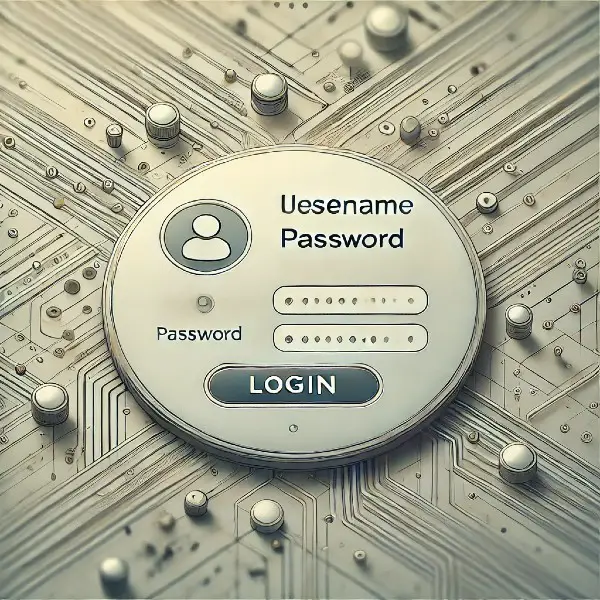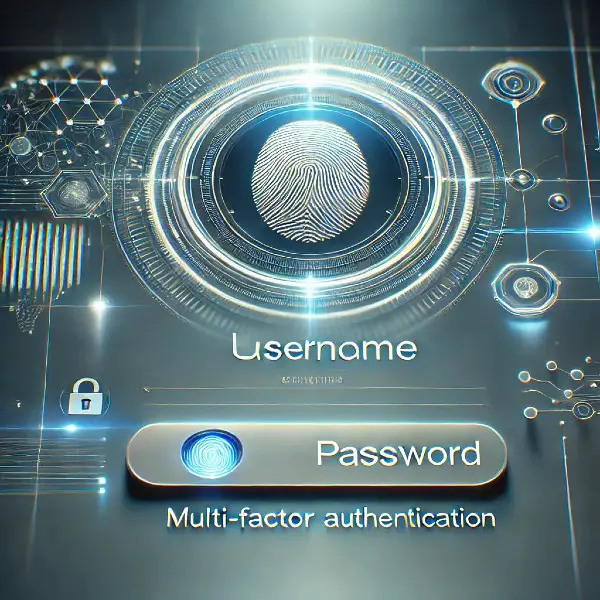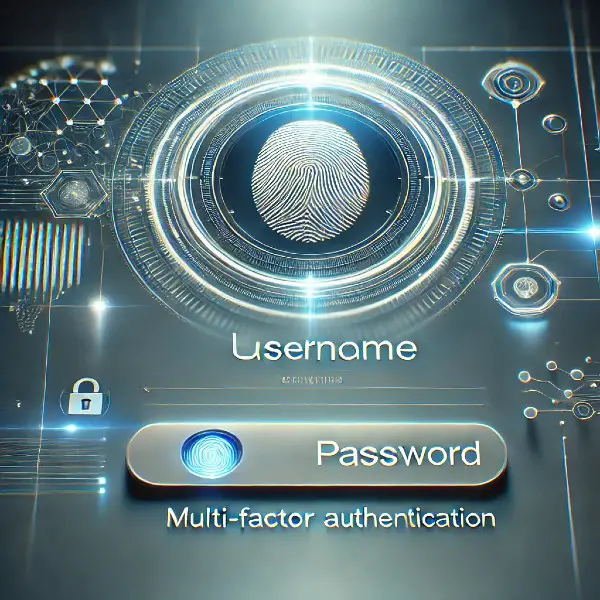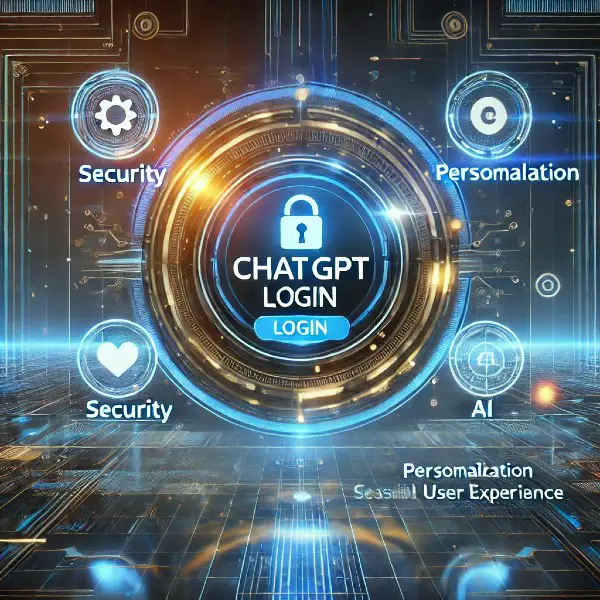ChatGPT Login into might seem straightforward, but ensuring a smooth and secure process can enhance your user experience significantly. Whether you’re a first-time user or someone who frequently interacts with this powerful AI, understanding the login procedure is essential. This guide will walk you through the steps to log in to ChatGPT, offering insights into potential hurdles and tips to overcome them. By the end of this guide, you’ll have the confidence to access ChatGPT with ease.
Step 1: Visit the Official ChatGPT Login Page
The first step in accessing ChatGPT is to navigate to the official login page. You can do this by entering the URL into your browser’s address bar or by searching for “ChatGPT login” on your preferred search engine. It’s crucial to ensure that you’re on the official site to avoid phishing attempts. Look for HTTPS in the URL and a padlock symbol to confirm the site’s authenticity.
Step 2: Enter Your Credentials
Once on the login page, you’ll need to enter your credentials. This typically includes your registered email address and password. If you’re logging in for the first time, you might need to set up your account by following the registration prompts. For returning users, simply input your details and proceed.
Understanding AI in Content Creation
Artificial Intelligence (AI) refers to the simulation of human intelligence in machines that are programmed to think and learn.
Step 3: Two-Factor Authentication (2FA)
For added security, ChatGPT might require two-factor authentication (2FA). If you have 2FA enabled, you will need to enter a code sent to your registered device. This step is vital in protecting your account from unauthorized access. Ensure your device is nearby when logging in to avoid any delays.
Step 4: Troubleshooting Login Issues
If you encounter any issues during the login process, such as forgotten passwords or unrecognized credentials, there are several ways to troubleshoot. Use the “Forgot Password” link to reset your password or check if you’ve entered your details correctly. In some cases, clearing your browser’s cache or switching browsers can resolve persistent login issues.
Step 5: Accessing ChatGPT Post-Login
After successfully logging in, you’ll be directed to your ChatGPT dashboard. Here, you can start new conversations, review past interactions, or adjust your account settings. Familiarize yourself with the dashboard’s layout to make the most of your ChatGPT experience.
Conclusion
Logging into ChatGPT is a simple process, but being aware of the steps involved ensures a secure and efficient experience. By following this guide, you can avoid common pitfalls and streamline your access to one of the most advanced AI platforms available today.
Reference
1. OpenAI’s Documentation on ChatGPT Login
The official OpenAI documentation provides detailed insights into the ChatGPT login process, particularly focusing on the importance of secure authentication when accessing their API. This resource explains the steps involved in generating API keys, setting up secure user authentication, and managing tokens to ensure safe and reliable access to ChatGPT. The documentation also offers guidelines on best practices for maintaining session security, making it an invaluable reference for developers and users looking to integrate ChatGPT into their applications.
2. TechCrunch Article on ChatGPT Integration and Login Experience
A TechCrunch article discusses the evolving user experience of ChatGPT, with a specific focus on the login process. The piece explores how OpenAI has streamlined the login experience to facilitate easier access for both new and returning users. It also delves into the implications of using single sign-on (SSO) options and how these have enhanced the usability of ChatGPT across different platforms. This article is particularly useful for understanding the broader context of how login processes impact user interaction with AI technologies.
3. Wired Magazine on the Security Aspects of ChatGPT Login
A Wired Magazine article highlights the security concerns and best practices associated with the ChatGPT login process. The article emphasizes the importance of protecting user credentials and data when interacting with AI models like ChatGPT. It outlines potential risks, such as phishing attacks and data breaches, and offers strategies to mitigate these risks, including the use of two-factor authentication and regular password updates. This resource is essential for users who prioritize security in their AI interactions.







